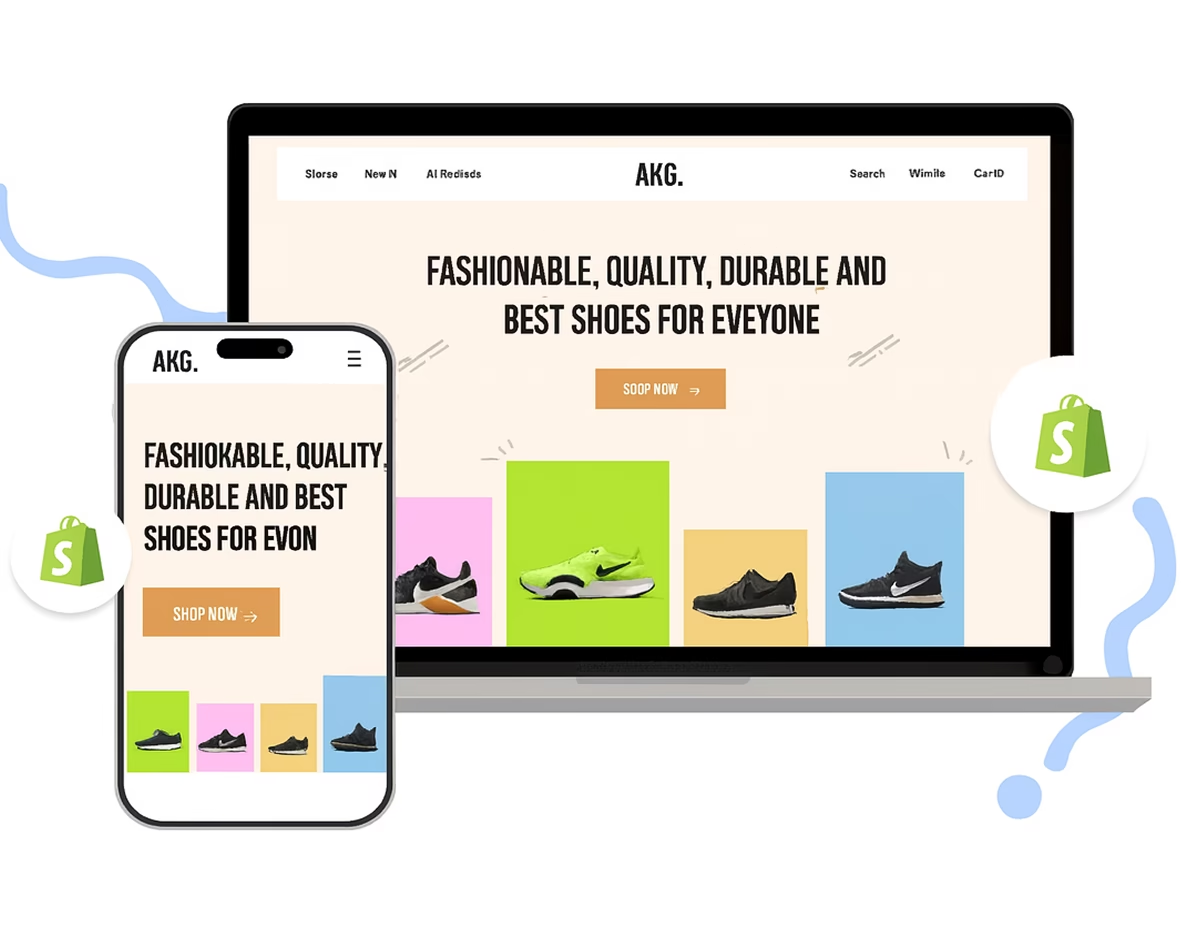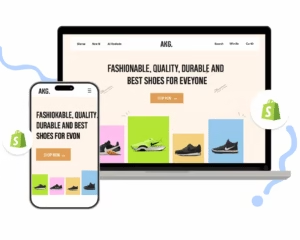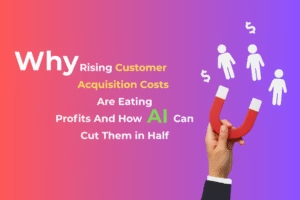The Role of HTML & CSS in Web 3.0 and the Future of Web Development
Quick Summary
Web 3.0 is revolutionizing how we interact with the internet—shifting from centralized platforms to decentralized, AI-driven, user-owned ecosystems. Amid these technological leaps, HTML and CSS remain essential tools for building responsive, accessible, and immersive web experiences.
This guide explores the enduring importance of HTML and CSS in the age of blockchain, the semantic web, and the metaverse.
Table of Contents
-
What Is Web 3.0?
-
The Role of HTML in Web 3.0
-
The Role of CSS in Web 3.0
-
HTML & CSS Use Cases in Web 3.0
-
Best Practices for Web 3.0 Development
-
Mistakes to Avoid in Web 3.0 Development
-
Future Outlook for Web 3.0
-
Conclusion
-
FAQ
What Is Web 3.0?
Web 3.0, also known as the decentralized or semantic web, enhances how data is shared, secured, and interpreted online.
Unlike Web 2.0, which relies on centralized platforms, Web 3.0 is characterized by:
-
✅ Decentralization – Blockchain-based data storage and ownership
-
✅ Smart Contracts – Automated blockchain transactions
-
✅ Semantic Web – AI-enabled contextual understanding
-
✅ User Privacy – Greater control over personal data
-
✅ AR/VR & Metaverse Integration – Immersive digital spaces
👉 Despite these advancements, HTML and CSS remain the foundation for user interfaces in decentralized applications (dApps).
The Role of HTML in Web 3.0
1. Structuring Decentralized Websites
<!DOCTYPE html>
<html>
<head>
<title>Web 3.0 DApp</title>
</head>
<body>
<h1>Welcome to Decentralized Web</h1>
<p>Experience user-owned content and blockchain interactions.</p>
</body>
</html>2. Semantic Tags for AI & Accessibility
<article>
<header>
<h1>Understanding Smart Contracts</h1>
<time datetime="2025-03-30">March 30, 2025</time>
</header>
<section>
<p>Smart contracts automate blockchain-based agreements.</p>
</section>
</article>3. HTML for dApps & Wallet Interactions
<button onclick="connectWallet()">Connect Wallet</button>
<script>
function connectWallet() {
alert("Connecting to Web3 wallet...");
}
</script>While Web3.js and Ethers.js manage blockchain logic, HTML powers the front-end interface users interact with.
4. Progressive Web Apps (PWAs)
<meta name="viewport" content="width=device-width, initial-scale=1">
<link rel="manifest" href="/manifest.json">The Role of CSS in Web 3.0
1. Responsive, Adaptive Layouts
@media (max-width: 768px) {
body {
background-color: #111;
color: white;
}
}2. Grid & Flexbox for Decentralized Dashboards
div {
display: grid;
grid-template-columns: repeat(3, 1fr);
gap: 20px;
}3. Dark Mode & Custom Themes
:root {
--bg-color: #1a1a1a;
--text-color: white;
}
.dark-mode {
background-color: var(--bg-color);
color: var(--text-color);
}4. Immersive UI & Animation
@keyframes fadeIn {
from { opacity: 0; }
to { opacity: 1; }
}
.button {
animation: fadeIn 2s ease-in-out;
background: linear-gradient(45deg, #ff00ff, #00ffff);
box-shadow: 0 0 10px rgba(255, 0, 255, 0.6);
}HTML & CSS Use Cases in Web 3.0
| Use Case | Description |
|---|---|
| dApps | Wallet connections, token viewers, DeFi dashboards |
| NFT Platforms | Display assets with responsive, animated layouts |
| Metaverse Interfaces | Style immersive AR/VR content and avatars |
| Semantic Search Engines | Use HTML5 tags for machine readability |
| Decentralized Social Networks | Structure feeds and content portals |
Best Practices for Web 3.0 Development
✅ Use semantic HTML to improve AI and SEO
✅ Optimize CSS for minimal load times
✅ Support dark mode and accessibility preferences
✅ Use Flexbox/Grid for responsive dashboards
✅ Keep interfaces lightweight and modular
Mistakes to Avoid in Web 3.0 Development
❌ Relying only on JavaScript for structure—HTML is still essential
❌ Ignoring responsive design—dApps must adapt to all screen sizes
❌ Overusing animations—performance suffers in VR/AR environments
❌ Using bloated frameworks unnecessarily
❌ Neglecting semantic markup—weakens AI-driven UX
Future Outlook for Web 3.0
-
🧠 AI-Driven Interfaces – HTML structures personalized by AI
-
🌐 Metaverse Web Pages – HTML & CSS defining immersive 3D spaces
-
🛍 Decentralized eCommerce – Enhanced storefronts with CSS styling
-
💬 Web3 Chat Interfaces – Real-time styling powered by smart contracts
Conclusion
As we move deeper into the decentralized internet, the need for well-structured, beautifully styled user interfaces is more critical than ever.
While backends evolve with blockchain and AI, the frontend still relies on HTML and CSS. Developers who master these timeless tools will bridge the gap between futuristic systems and user-friendly experiences.
✨ Explore. Design. Decentralize. The future of the web is in your hands. 🚀
Frequently Asked Questions (FAQ) on HTML & CSS in Web 3.0
Q1. Will HTML and CSS still be relevant in Web 3.0?
Yes. HTML and CSS remain the foundation of web development in Web 3.0. While decentralized technologies and blockchain enhance functionality, HTML provides structure and CSS ensures responsive, user-friendly design.
Q2. How does Web 3.0 change the future of web development?
Web 3.0 introduces decentralized, AI-driven, and user-owned ecosystems. For developers, this means building websites and apps that prioritize transparency, scalability, and security while still relying on HTML, CSS, and JavaScript.
Q3. What is the role of HTML and CSS in decentralized applications (dApps)?
In dApps, HTML and CSS define the interface layer users interact with. They complement Web 3.0 technologies like smart contracts and blockchain, ensuring seamless, accessible front-end experiences.
























